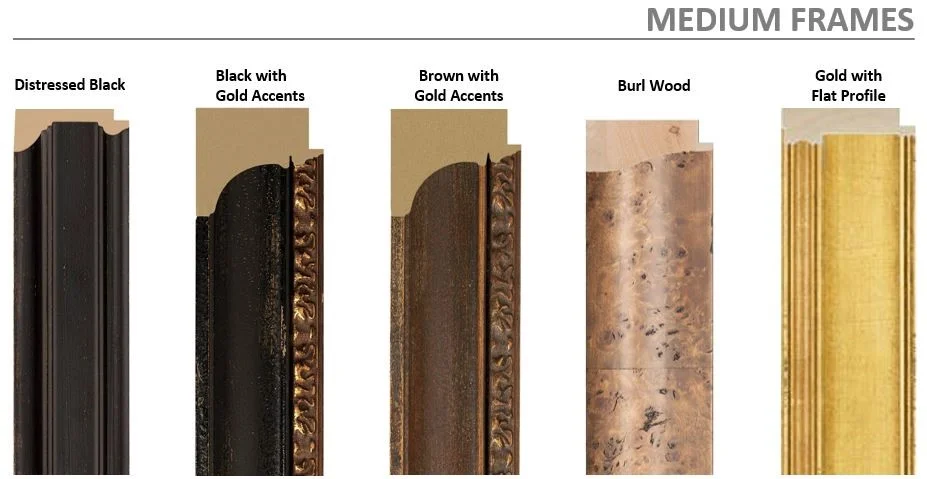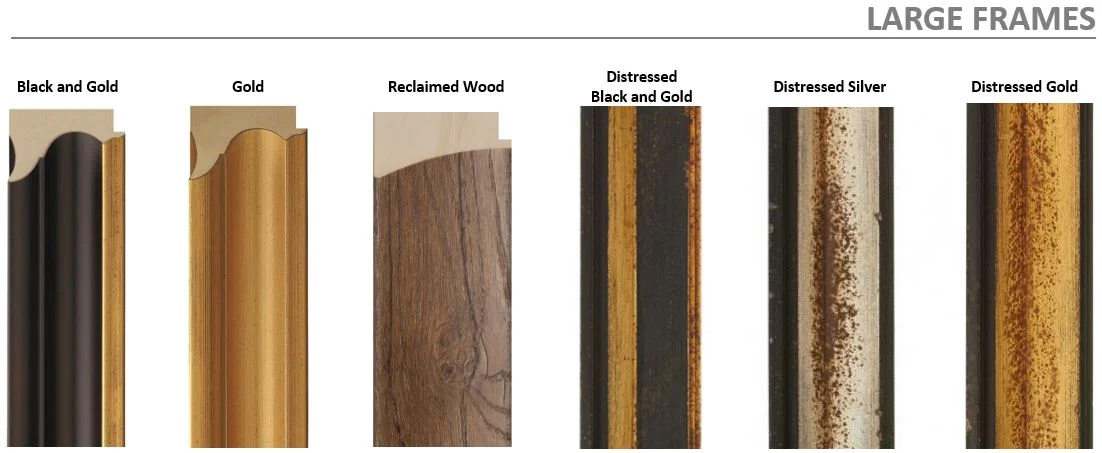Outstanding 13 Star Antique Parade Flag with a Rare 4-5-4 Star Pattern and 11 Stripes | Pieced-and-Sewn Construction | Circa 1876-1915
Outstanding 13 Star Antique Parade Flag with a Rare 4-5-4 Star Pattern and 11 Stripes | Pieced-and-Sewn Construction | Circa 1876-1915
Price: Call 618-553-2291, or email info@bonsellamericana.com
Frame Size (H x L): 42” x 26.5”
Flag Size (H x L): 11” x 16” and Affixed to a 30” Staff
Offered is a thirteen-star homemade flag made of silk, likely dating to the time period between 1876 and 1915. Homemade flags are amongst the most collectible and interesting of all antique flags. They were typically made with whatever materials were available, and the placement of the canton, stripes, and stars is often times quite whimsical, even in modern examples. The flag is affixed to an unusual square staff, unlike a round staff as is typically the case in antique flags.
Its silk stripes are machine sewn. From a US perspective, Walter Hunt built one of the earliest practical sewing machines between 1832 and 1834. Elias Howe later built and patented one in 1846 (see US 4,750), and Isaac Singer then built and patented an improved one in 1851 (see US 8,294). By 1856, patent allegations in the sewing industry were so numerous, that the "Sewing Machine Combination" was formed, in which Singer, Howe, and others agreed to pool their patents and define licensing arrangements. By 1860, over 100,000 sewing machines were made in the US alone. And for this reason, the majority of Civil War flags include at least some machine sewn portions, particularly along their stripes. Nearly all centennial flags are machine sewn throughout, minus the sewing of their stars, which was still sometimes performed manually. By 1900, nearly all flags were entirely machine sewn.
The stars are arranged in a 4-5-4 pattern. Flags having such a pattern are among the most difficult of all thirteen-star flags to find, and they also have a fantastic visual appeal. In our experience, of the thirteen-star antique flags that come to market, around 75% are the 3-2-3-2-3 Hopkinson pattern, around 20% are the medallion pattern, and the remaining 5% are various different patterns, including the 4-5-4 and Betsy Ross patterns. The 4-5-4 pattern is generally encountered in flags dating to the Civil War and earlier. Because of the prevalence of this pattern in the early 1800s, it may have been used in the first flag design. Despite this pattern’s early popularity, it was rarely used after the Civil War, not even during the Centennial.
The stars on this flag have six points, not five, and are affixed with glue. From 1777 until 1912, stars of the US flag did not have a specified format, such as a specified shape or number of points. Still, nearly all flags, even prior to 1912, had five points. Some experts believe that non-five pointed stars may be used in just 1-in-500 to 1-in-1000, antique flags. Additionally, some experts believe that six pointed stars may indicate that the maker was Jewish, that the maker welcomed those of the Jewish faith, or that the maker had southern sympathies.
Of additional note, this flag has just eleven stripes. The inclusion of just eleven stripes (rather than the typical thirteen stripes) may be indicative that this flag was used in the South. The South would sometimes use the standard US flag, but remove stars or stripes. Here, the eleven stripes may represent the number of Confederate States that ratified secession. In some cases, the number of stripes and the points on the stars may simply be a result of the maker's creativity (or even an accident). However, in the case of this flag, it is logical that the number of points on the stars and the number of stripes are indicative of this being a Southern Civil War flag.
The original use of the thirteen-star flag dates to June 14th, 1777, the time at which the Continental Congress adopted a resolution creating the first official flag. The resolution stated, “Resolved, that the flag of the United States be made of thirteen stripes, alternate red and white, that the union be thirteen stars, white on a blue field, representing a new constellation.” Thirteen-star flags were official from 1777-1795, but have been in use ever since.
Small US Navy boats used it as the ensign from 1795 until 1916. Thirteen-star flags were also flown at the time of George Washington’s death in 1799 and to celebrate the nation’s 50th anniversary in 1824. They were also flown in 1824 in honor of General Lafayette’s return to the US for his nationwide tour. Celebrations for his Revolutionary War service were held in New York, Boston, and Philadelphia, along with many locations in the southern and western states.
Further, thirteen-star flags were also common during the Mexican War in 1846-1848 and the Civil War in 1861-1865. They were both relatively close in time to the revolution, and were very patriotic times, particularly during the Civil War time period when flag use became much more common than had ever previously been the case. Thirteen-star flags were also flown during the centennial celebrations, which were held across the country and, most notably, in Philadelphia at the Centennial International Exhibition.
Conservation Process: This flag was hand sewn to cotton fabric, and both were hand sewn to a mounting board. To prevent the black dye in the cotton fabric from seeping into the flag, it was first washed in a standard wash and then in a dye setting wash. The flag is positioned behind Conservation Clear Acrylic (standard) or behind Optium Museum Acrylic (per request).
Frame: This offering is in our Large Distressed Black and Gold Frame. However, it can be reframed and would look great using any one of our Medium or Large Frames, which are shown in the final two images. The pricing associated with the different framing options may vary. Reframing of an offering may delay shipment by up to two weeks.
Condition Report: The white silk stripes are splitting. The square wooden staff has some damage, but the damage is to the side of the staff that does not show as framed. Many collectors prefer flags that show their age and use.
Collectability Level: The Best – Perfect for Advanced Collectors
Date of Origin: 1876-1915
Number of Stars: 13
Associated War: The Spanish American War (1898)
Associated State: Original 13 Colonies











